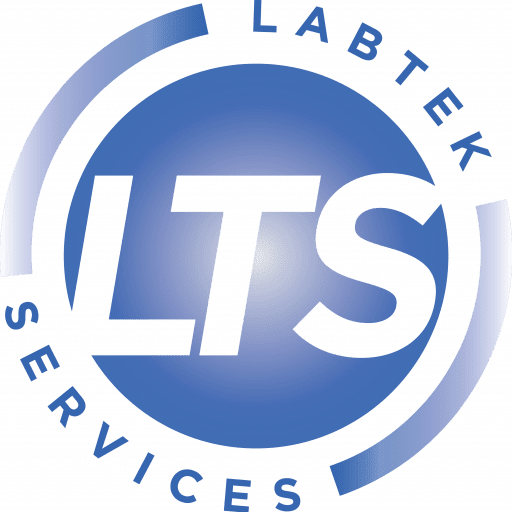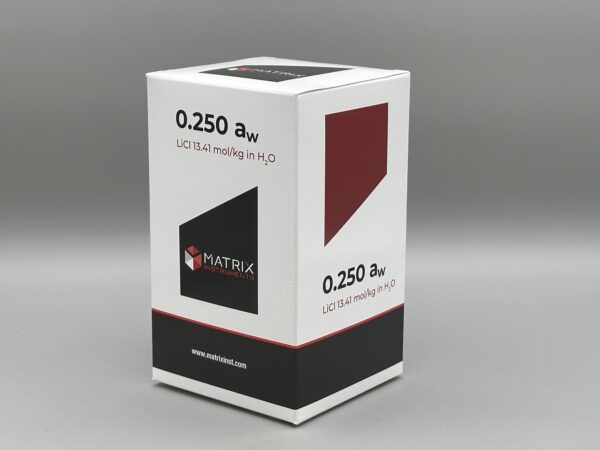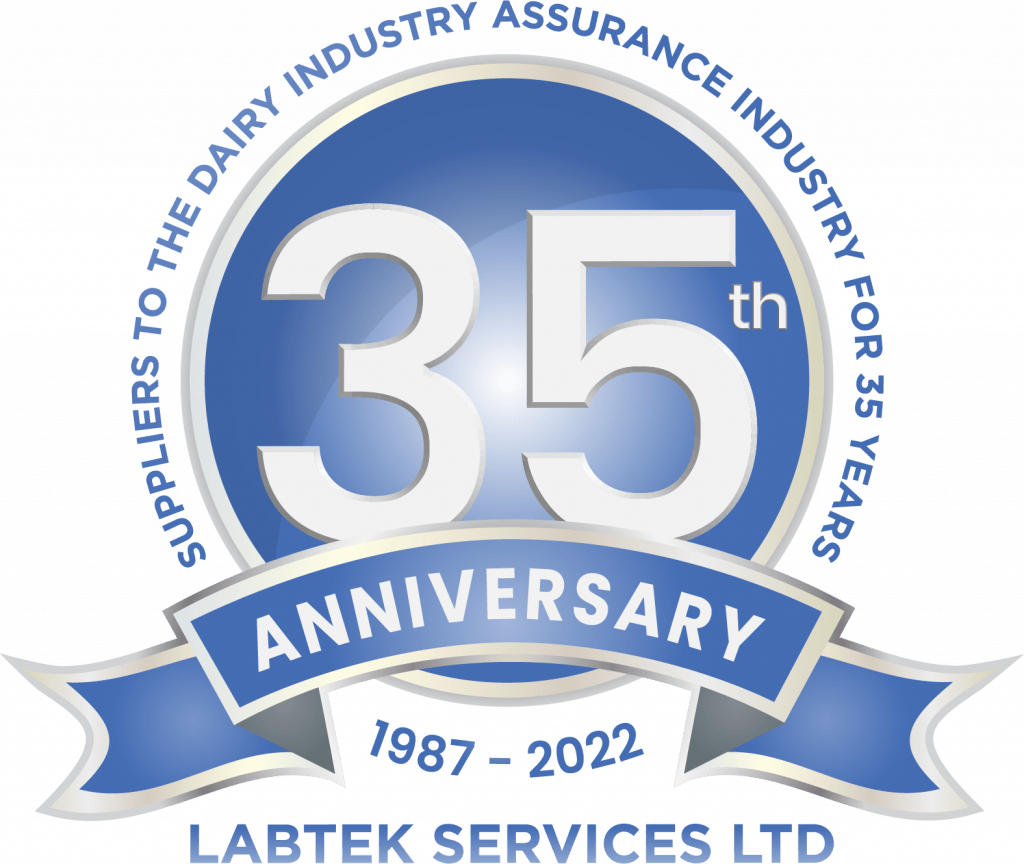Description
Water Activity Standard 0.250aw
Food safety
Water activity is used in many cases as a critical control point for Hazard Analysis and Critical Control Points (HACCP) programs. Samples of the food product are periodically taken from the production area and tested to ensure water activity values are within a specified range for food quality and safety. Measurements can be made in as little as five minutes, and are made regularly in most major food production facilities
Food product design
Food designers use water activity to formulate shelf-stable food. If a product is kept below a certain water activity, then mold growth is inhibited. This results in a longer shelf life.
Standards and Guidelines
Various standards define acceptable water activity levels for different products:
- Food Industry:
- Perishable foods: Foods with high water activity (usually above 0.85) are prone to microbial growth, which can lead to spoilage. Examples include fresh fruits, meats, and dairy products.
- Shelf-stable foods: These typically have lower water activity (below 0.6), where most microbial growth is inhibited. Examples include dried fruits, cereals, and crackers.
- Pharmaceuticals:
- Solid dosage forms (e.g., tablets, capsules): Often require low water activity (below 0.3) to maintain stability and prevent degradation.
- Moisture-sensitive drugs: Require strict control of water activity to avoid chemical reactions that could degrade the product.
- Cosmetics:
- Creams and lotions: Should have controlled water activity to prevent microbial growth while maintaining desired texture and effectiveness.
Practical Applications
- Food preservation: By controlling water activity, shelf life can be extended, and food safety can be improved.
- Packaging: Packaging materials are selected based on their ability to control moisture transfer, maintaining the desired water activity of the product.
- Quality control: Monitoring water activity is essential in ensuring product consistency, safety, and compliance with regulatory standards.
In summary, water activity is a crucial parameter for ensuring the safety, stability, and quality of various products, and is governed by specific standards and guidelines depending on the industry.







Reviews
There are no reviews yet.